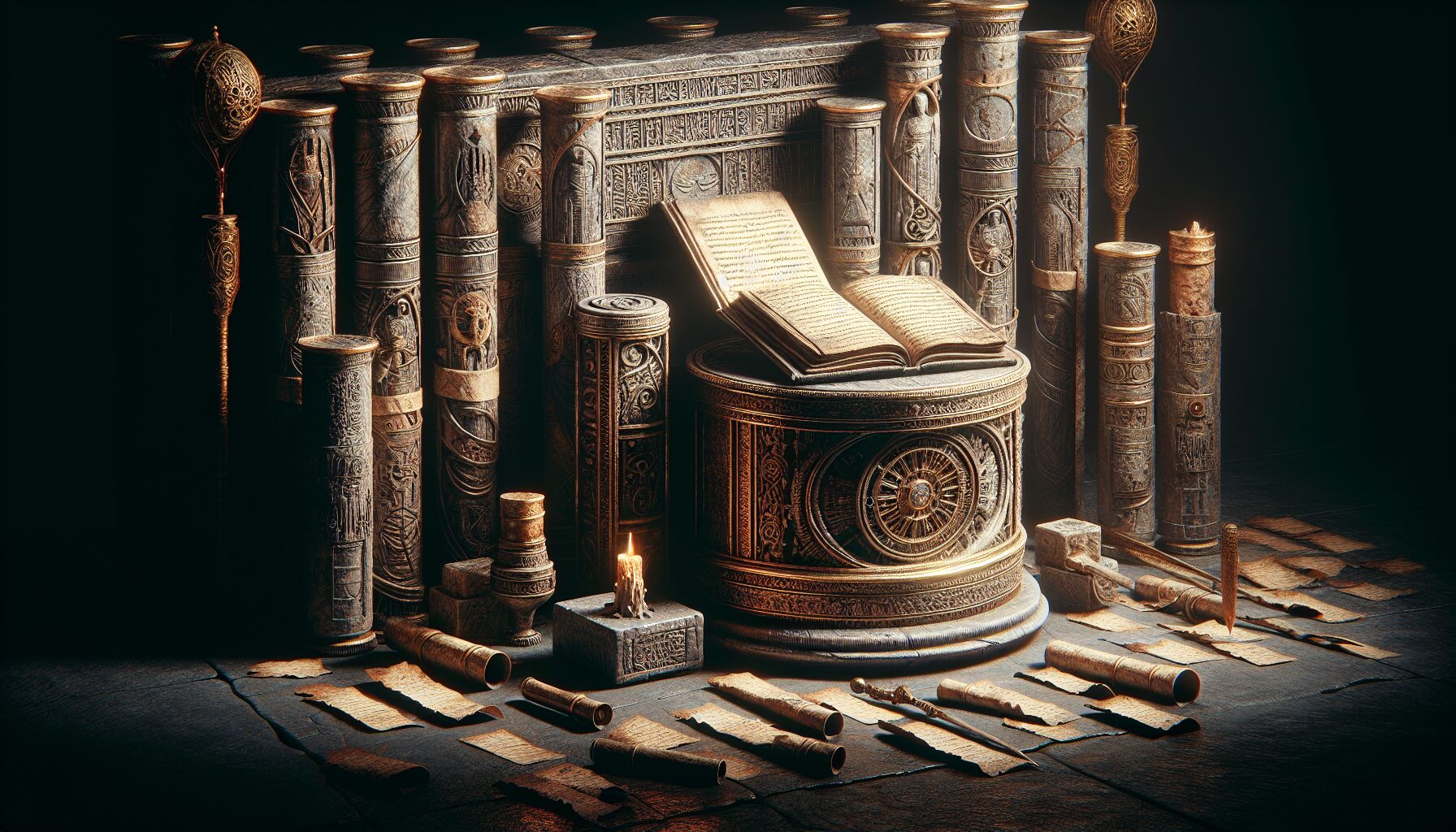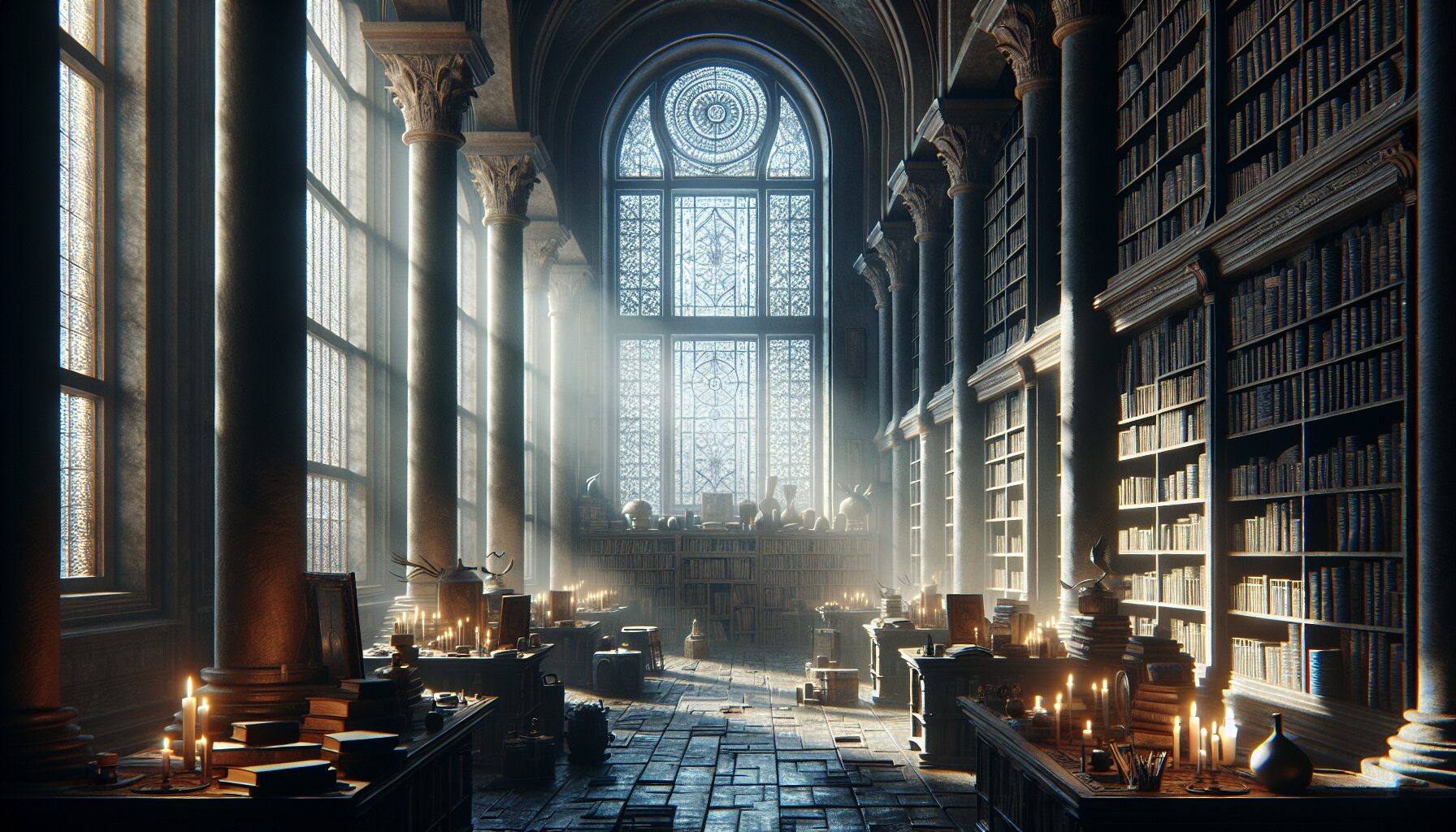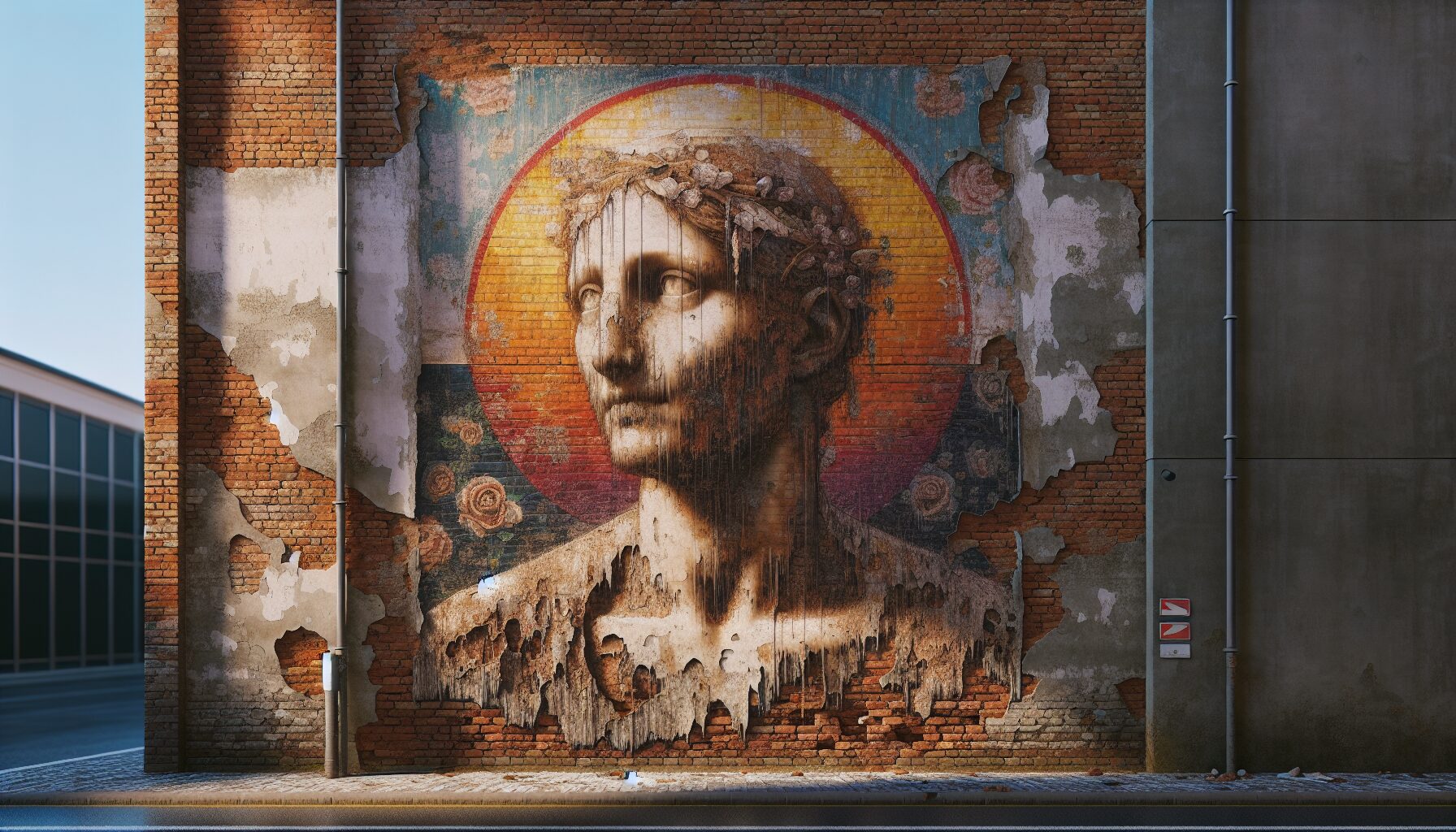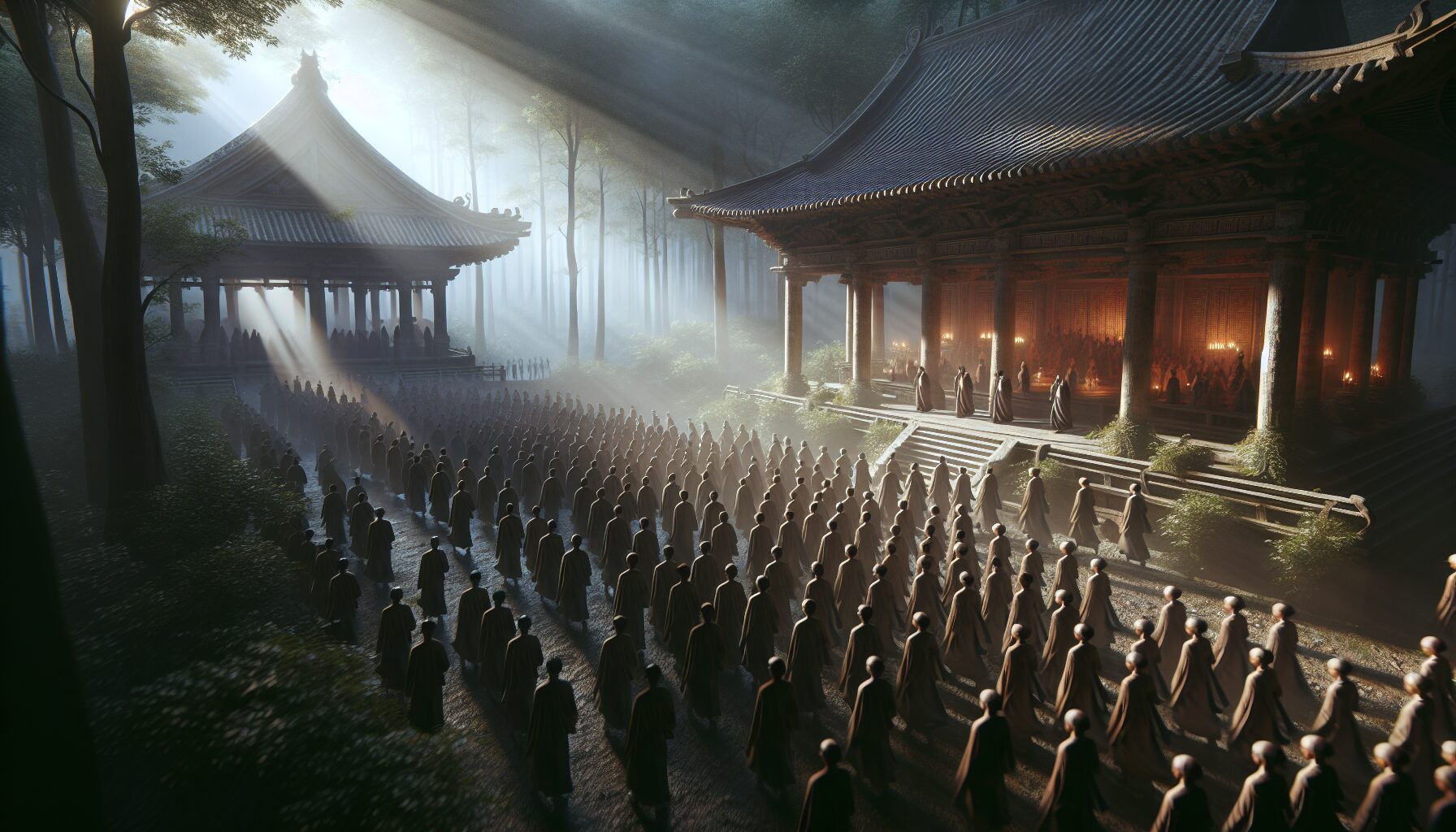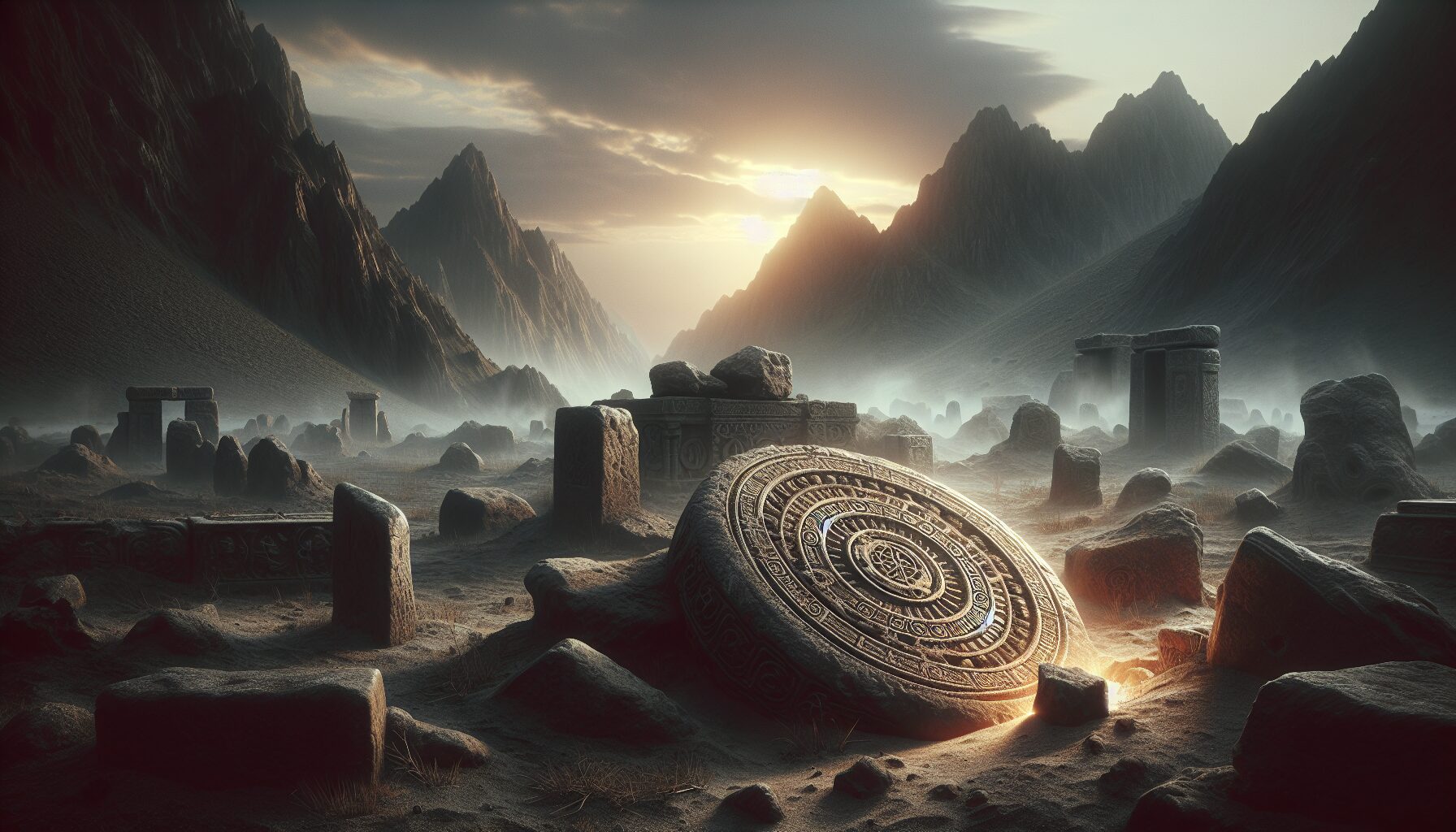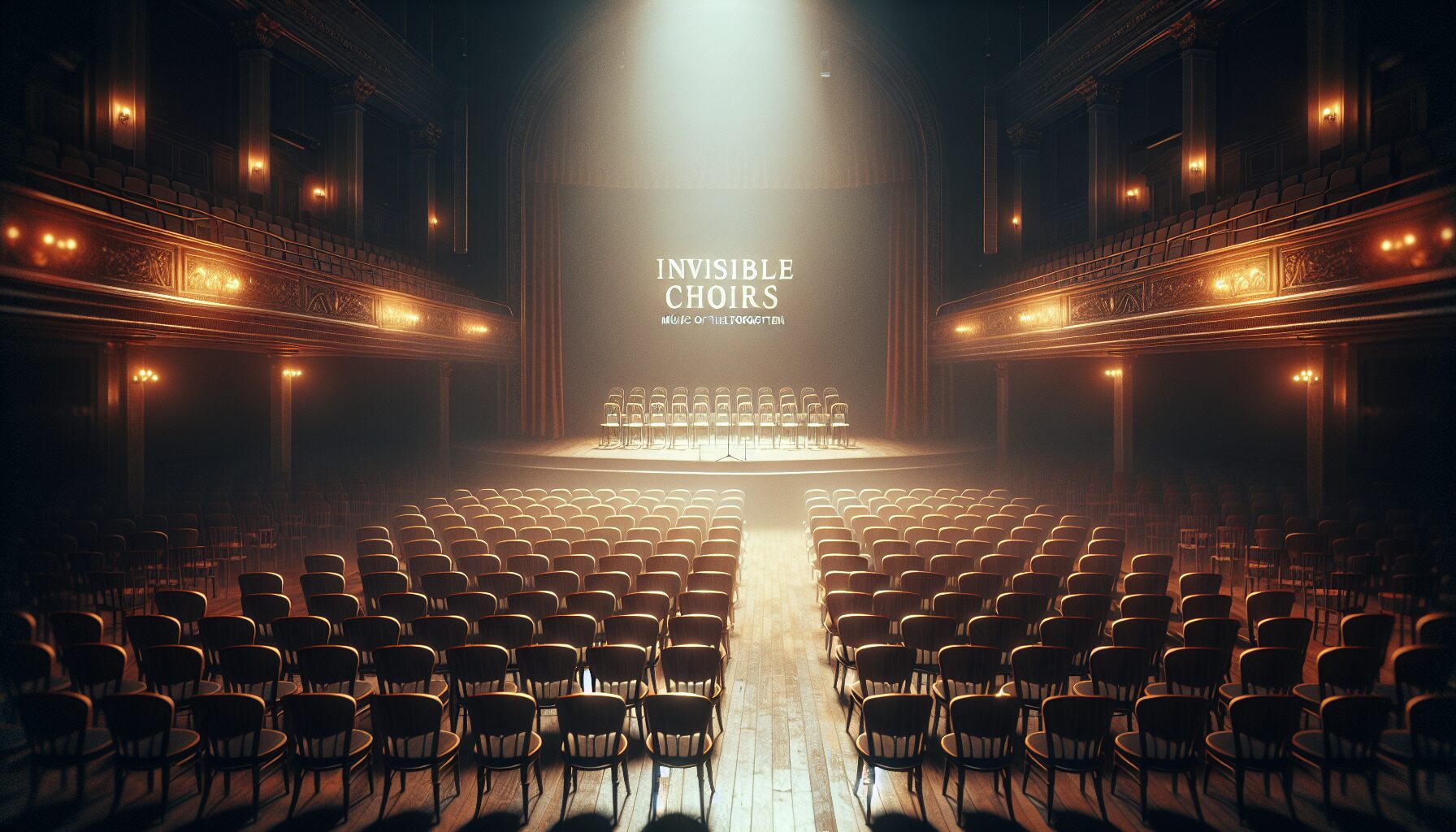In our fast-paced, modern world, many ancient rituals and practices have been forgotten, buried under the sands of time. Yet, there is a growing interest in rediscovering these lost rituals, driven by a desire to reconnect with our past and enrich our present lives.
The Resonance of Rituals
Rituals have long served as powerful tools for creating meaning and continuity. They are more than just routines; they provide a sense of identity, community, and purpose. Anthropologist Victor Turner emphasized the importance of rituals by stating,
“Rituals and symbols are crucial elements in establishing cultural cohesion and personal wellbeing.”
Many forgotten rituals are being unearthed and appreciated again for their cultural and spiritual significance. Here are some notable examples:
Revived Rituals
- Mindful Tea Ceremonies: Originating from Japanese traditions, these ceremonies offer a meditative experience, emphasizing mindfulness in every sip and movement.
- Samhain Celebrations: Known as the precursor to Halloween, Samhain is re-emerging as a festival to honor ancestors and embrace seasonal changes.
- Indigenous Smudging Practices: Native American rituals using smoke from herbs like sage are gaining popularity for their purifying and spiritual grounding effects.
Creating Contemporary Connections
Rediscovering and practicing these rituals today allows individuals to foster a meaningful connection to the past. It also serves as a counterbalance to the disconnection often felt in our digital age. Professor Felicia Keesing, an expert in cultural history, notes,
“Embracing ancient practices can become a form of resistance against the homogenization of cultures and help preserve diversity.”
The resurgence of these practices also opens conversations about the conservation of endangered traditions. As we embrace these rituals, we also commit to preserving them for future generations, inspiring a renewed appreciation of history and heritage.
The beauty of re-integrating forgotten rituals lies in their ability to bring individuals back into a greater awareness of themselves and their surroundings. As we seek to find balance in our hectic lives, these age-old practices offer a profound sense of belonging and continuity amidst change.
